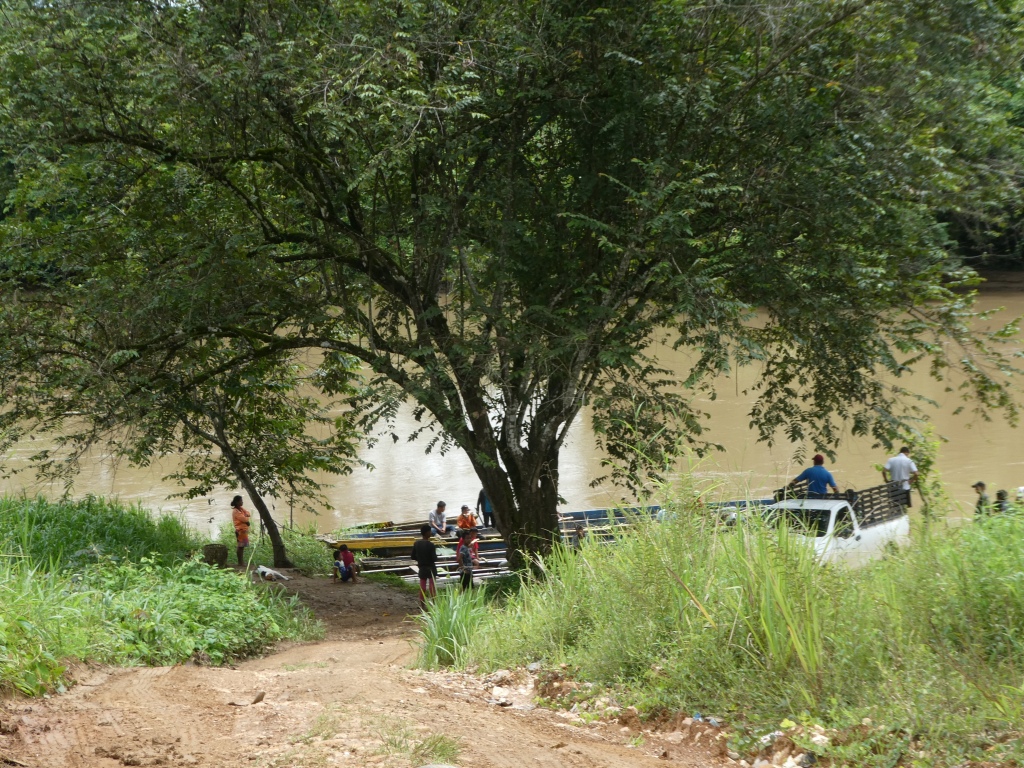
While the Darien Gap remains jungle, we saw plenty of agriculture along the section served by the PanAm Highway. There were more rice fields than I could have imagined or expected. But then again, we had more rice on this trip than we’ve eaten in a year, or two. On one afternoon outing plantains gave way to an opening of vibrant yellow-green – rice fields. We were here to look for the Red-breasted Meadowlark.

One evening we were going through the daily bird sightings, and I noticed the Red-breasted Meadowlark on the list. It called to mind another meadowlark with a red breast, the Long-tailed Meadowlark, which we had seen earlier this year, in Chile. At the time we wondered aloud, why wasn’t it called the red-breasted meadowlark? The answer, as we now know, is because there already is a Red- breasted Meadowlark! Needless to say, once we realized the Red-breasted Meadowlark can be found in the area, seeing it became a goal. So we jumped in the back of the “bird mobile” for a ride along a farm road, through plantain trees and other vegetation. We spotted a Pearl Kite and Spot-crowned Barbets and then the road opened to the rice fields. It wasn’t long before we first heard, then spotted them. Black birds with brilliant red breasts, feasting in the rice fields.





Teak tree plantations were also prevalent, along the Highway and The Salto Road. The Salto Road was a destination we visited twice; down a trail from this road was the juvenile Crested Eagle; along the road were Great Green and Chestnut Fronted Macaws, Red-throated Caracara and teak tree plantations. Much of the road is still native forest, but a good deal has been converted to teak tree plantations. Once we came to recognize the trees we were able to see plantations in serval areas as we drove the highway. In some parts of Panama teak is being planted in degraded land, to help the country meet its carbon emissions reduction goal. The Smithsonian has a long standing research effort in the Canal Zone, and is helping identify which varieties offer the most benefit.


The Salto Road is also a major connector for the indigenous people on the other side of the river. The road runs from the highway to the river, a distance of about 3 miles, but considering it’s a muddy dirt road that goes up and down some serious hills it felt longer. A pickup truck serves as a taxi, collecting villagers who cross the river in their dugout canoes. One day when we were on the road we encountered a road block – the local “taxi” driver and his young son had cut down a tree, and were in the process of clearing it from the road, with machete and long-handled axe. Why did they fell the tree? It was shading the road, and the mud there was thick and deep. He thought removing the tree would help dry out the road. Igua, our guide, grabbed his machete and helped them out. We were soon on our way.

